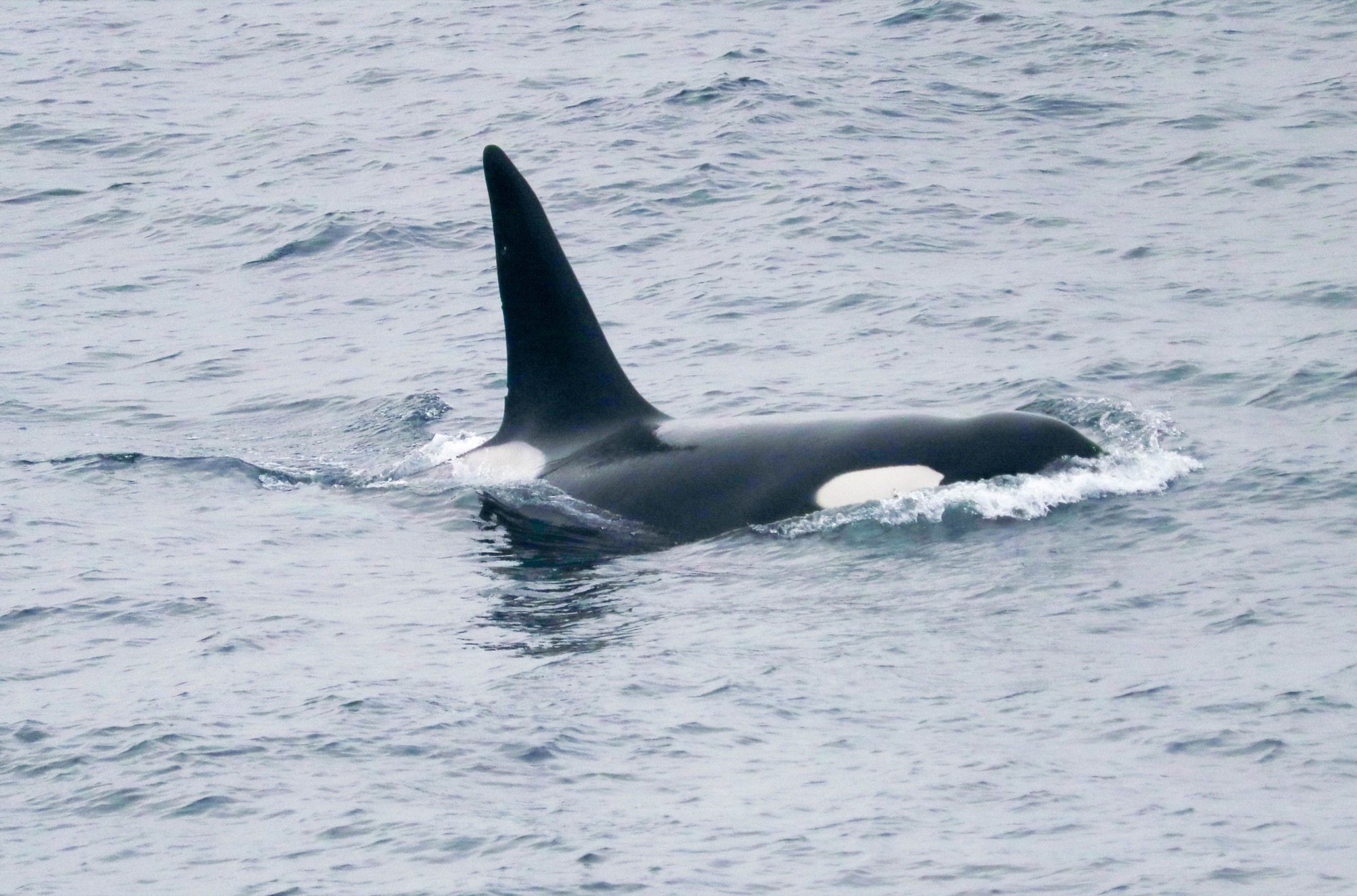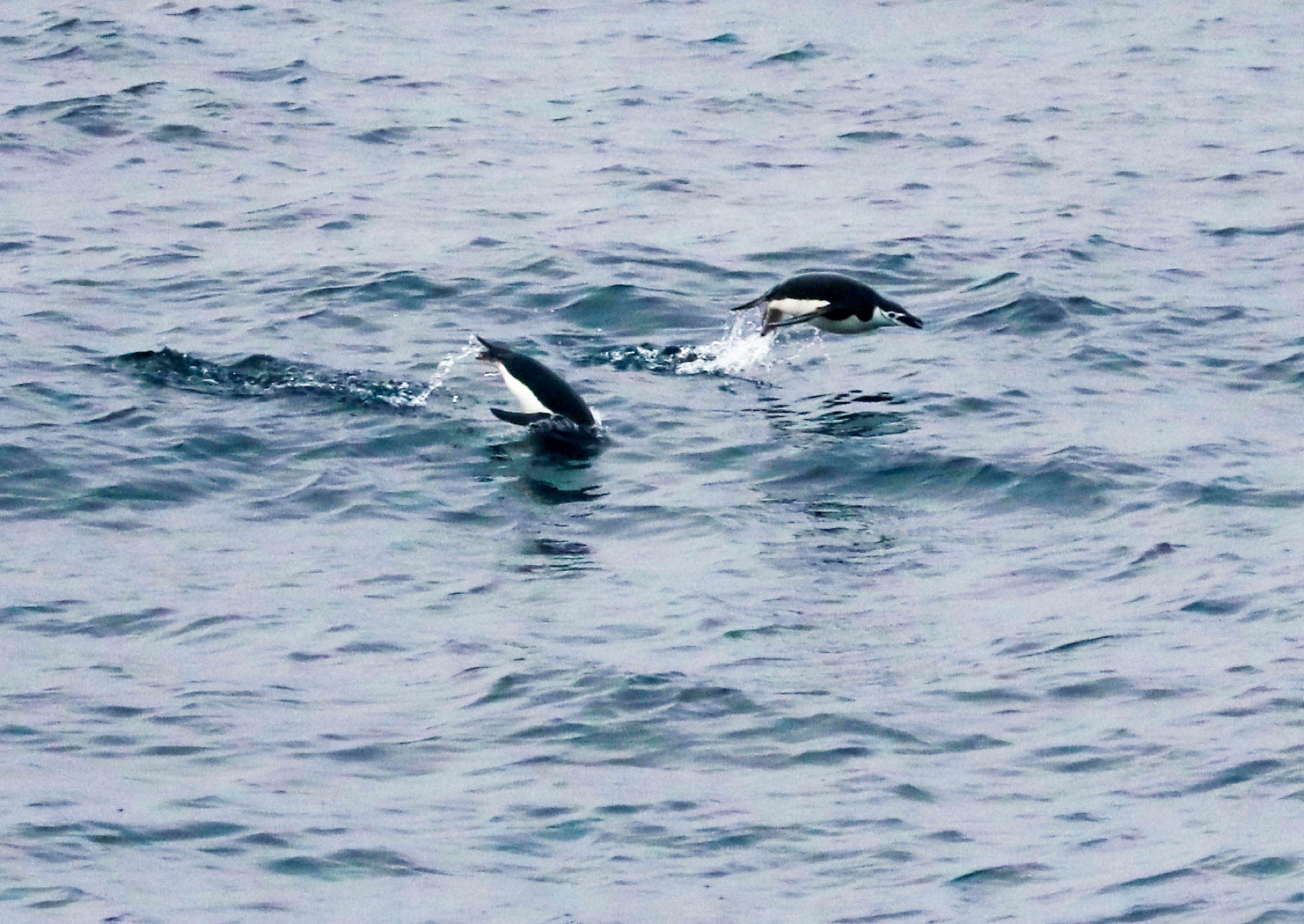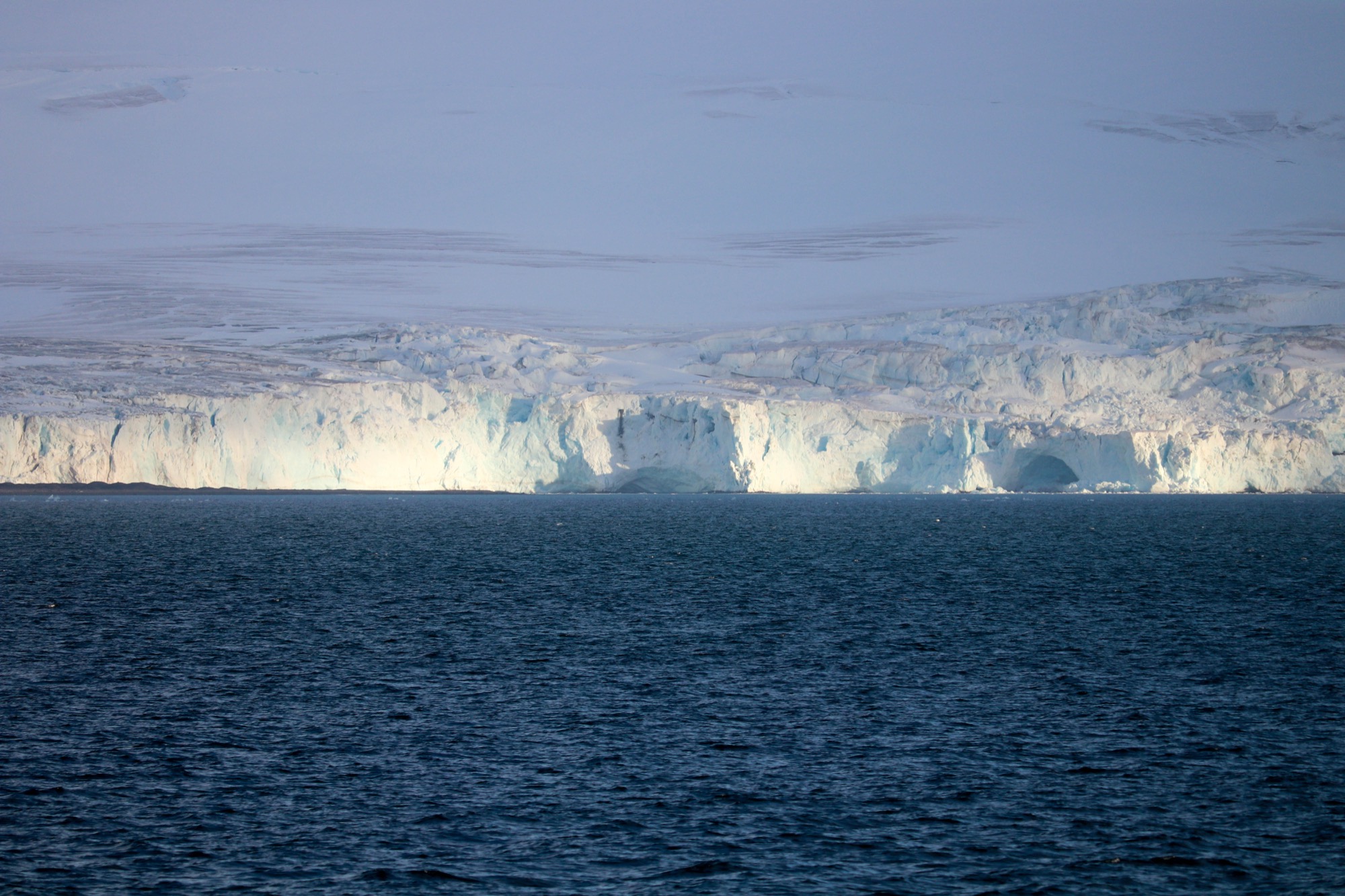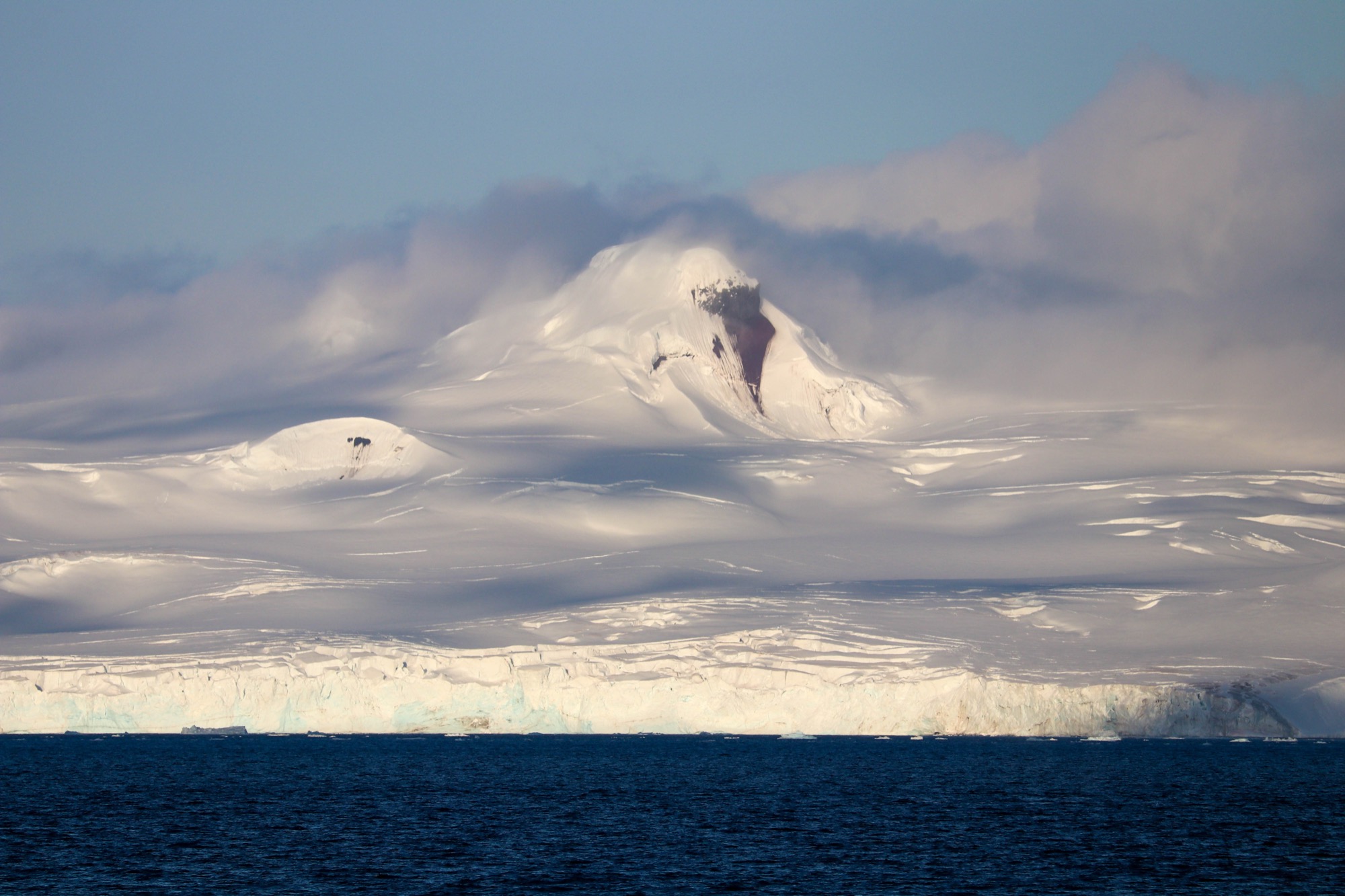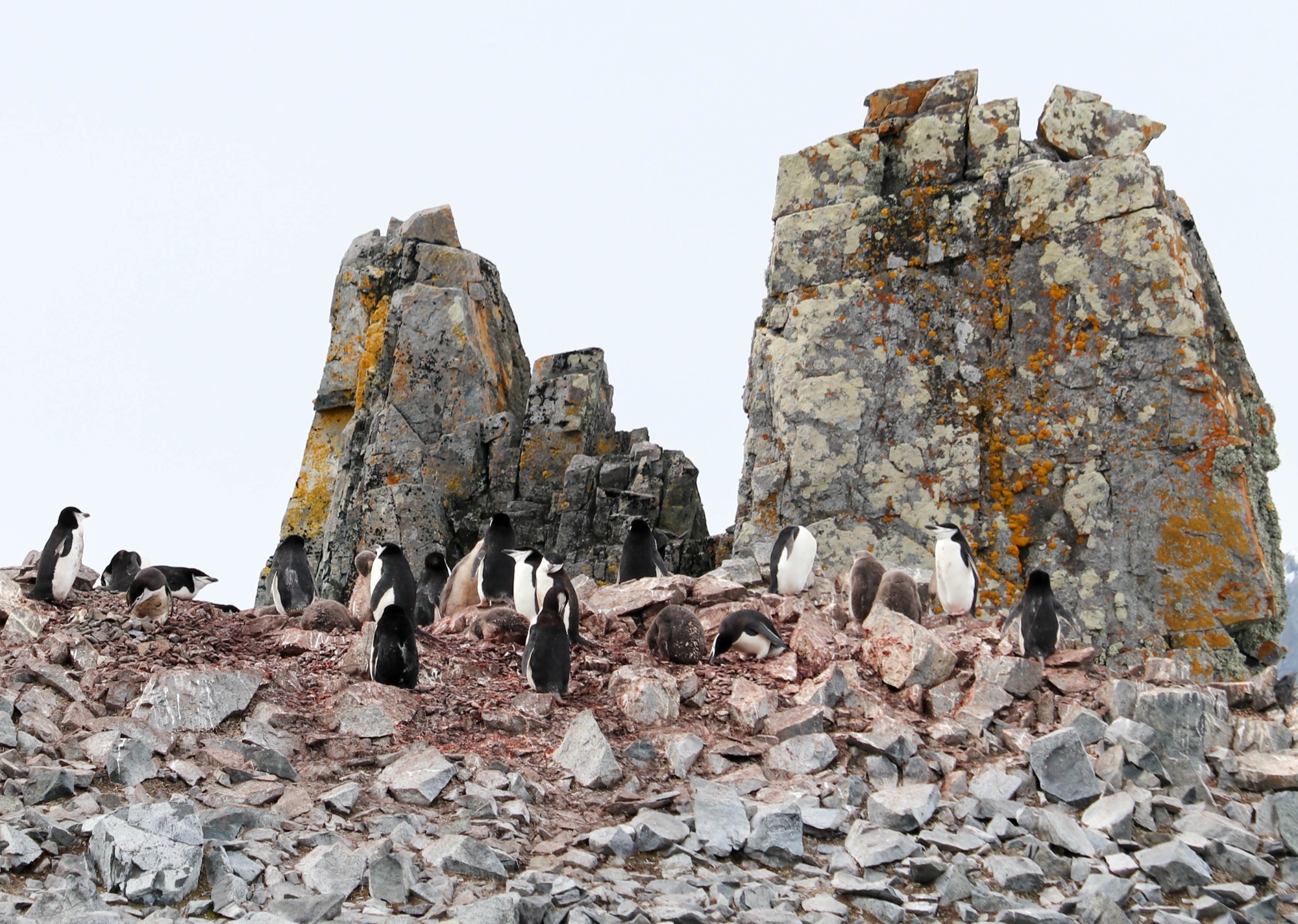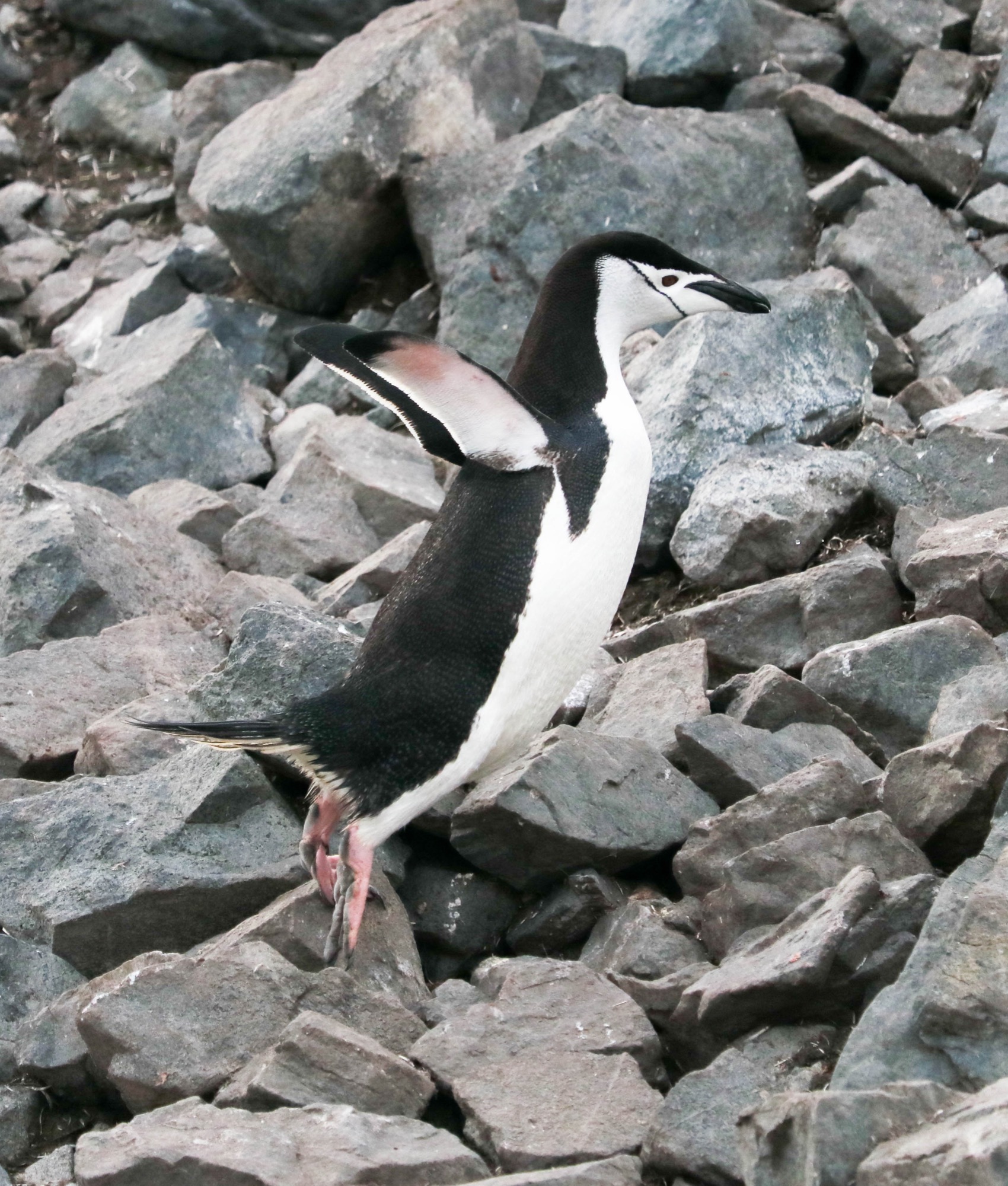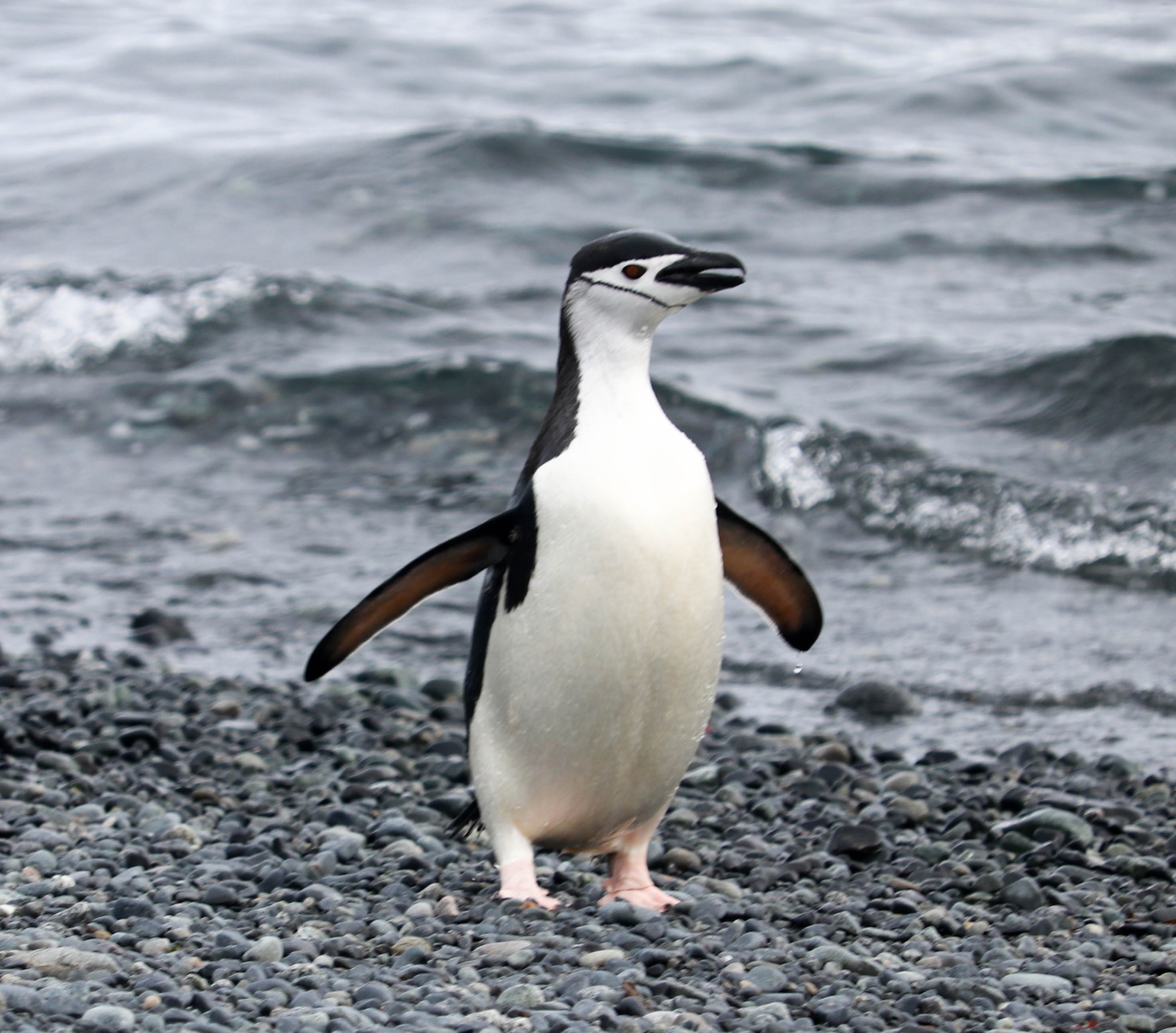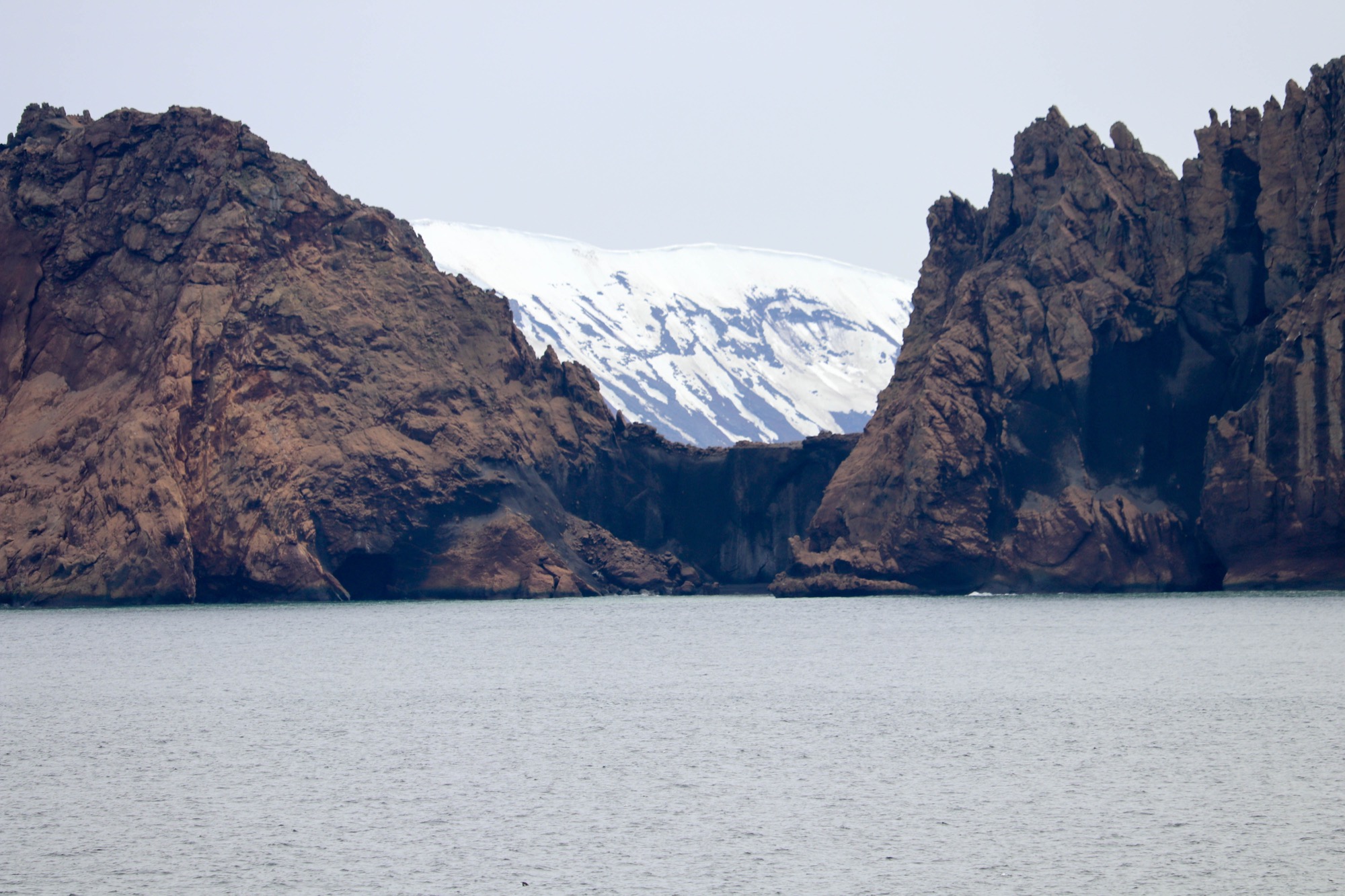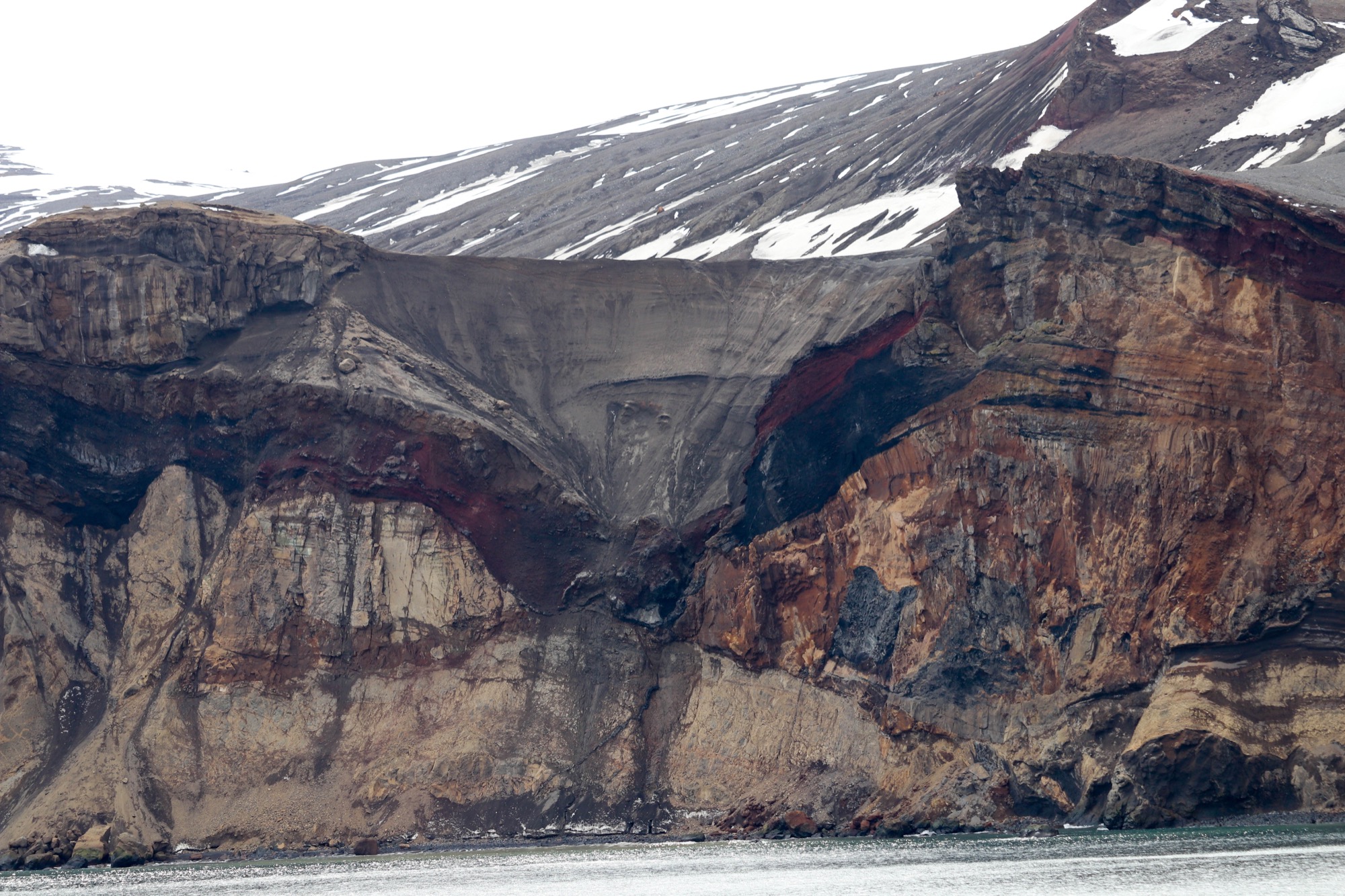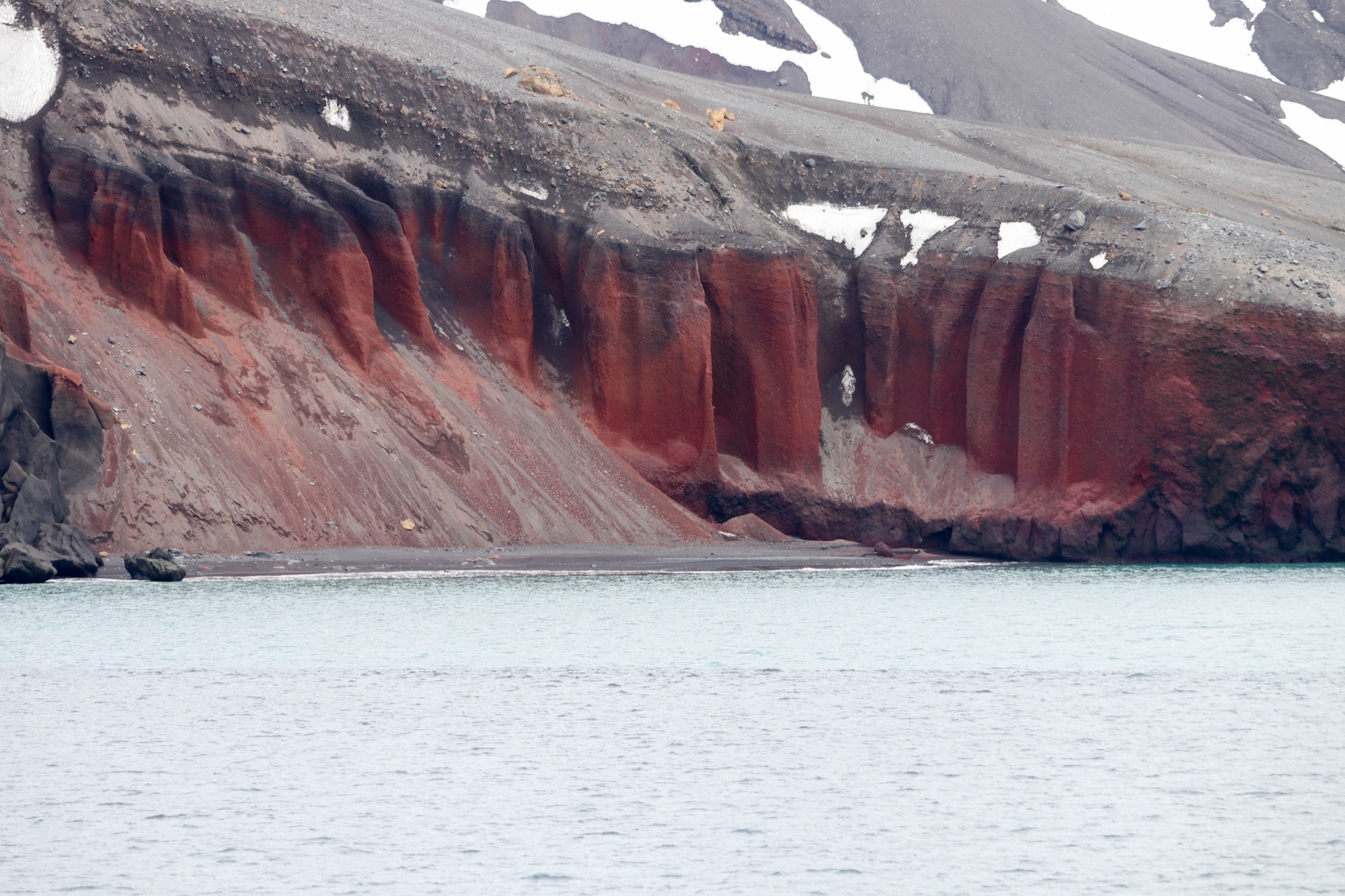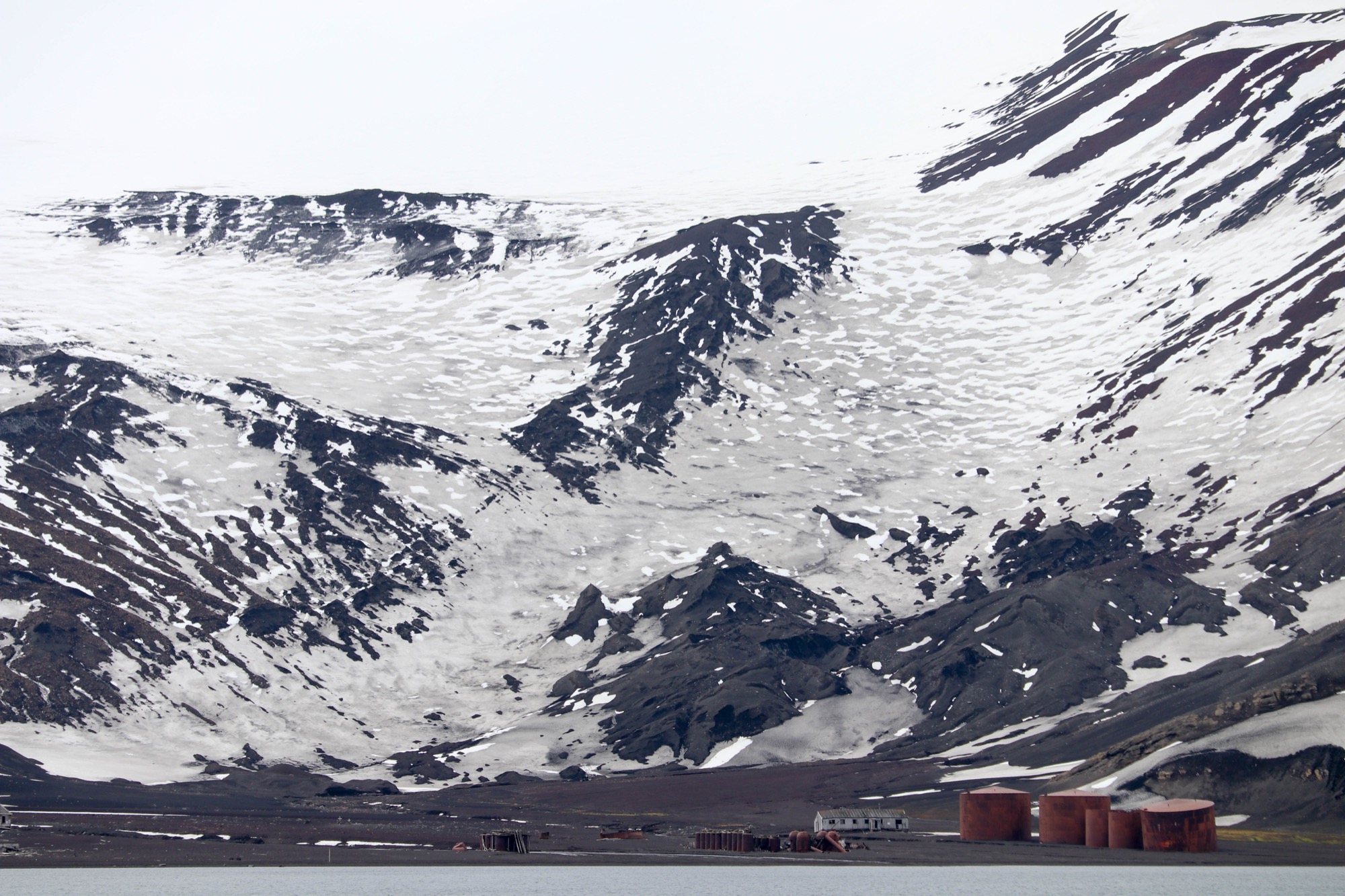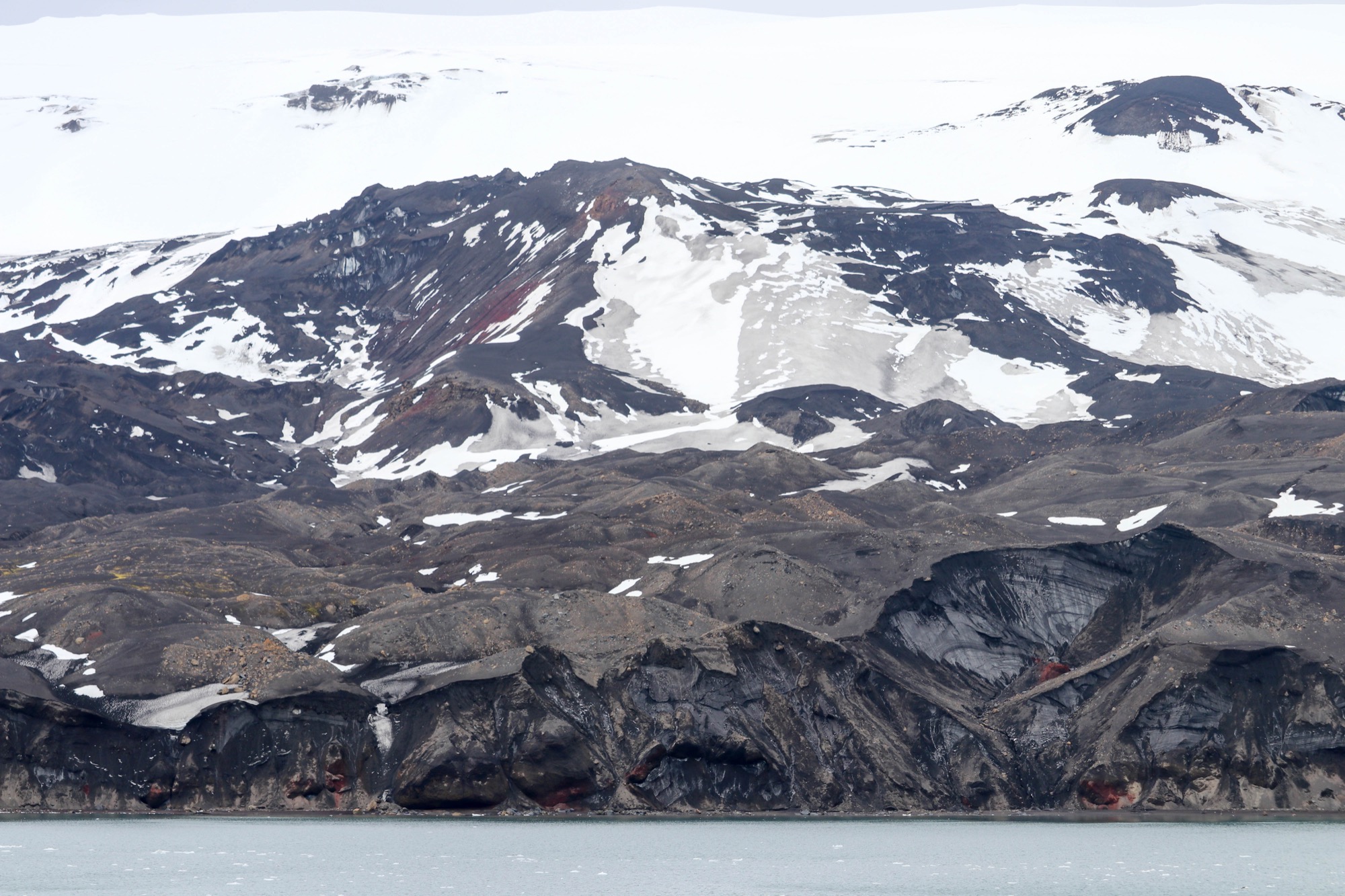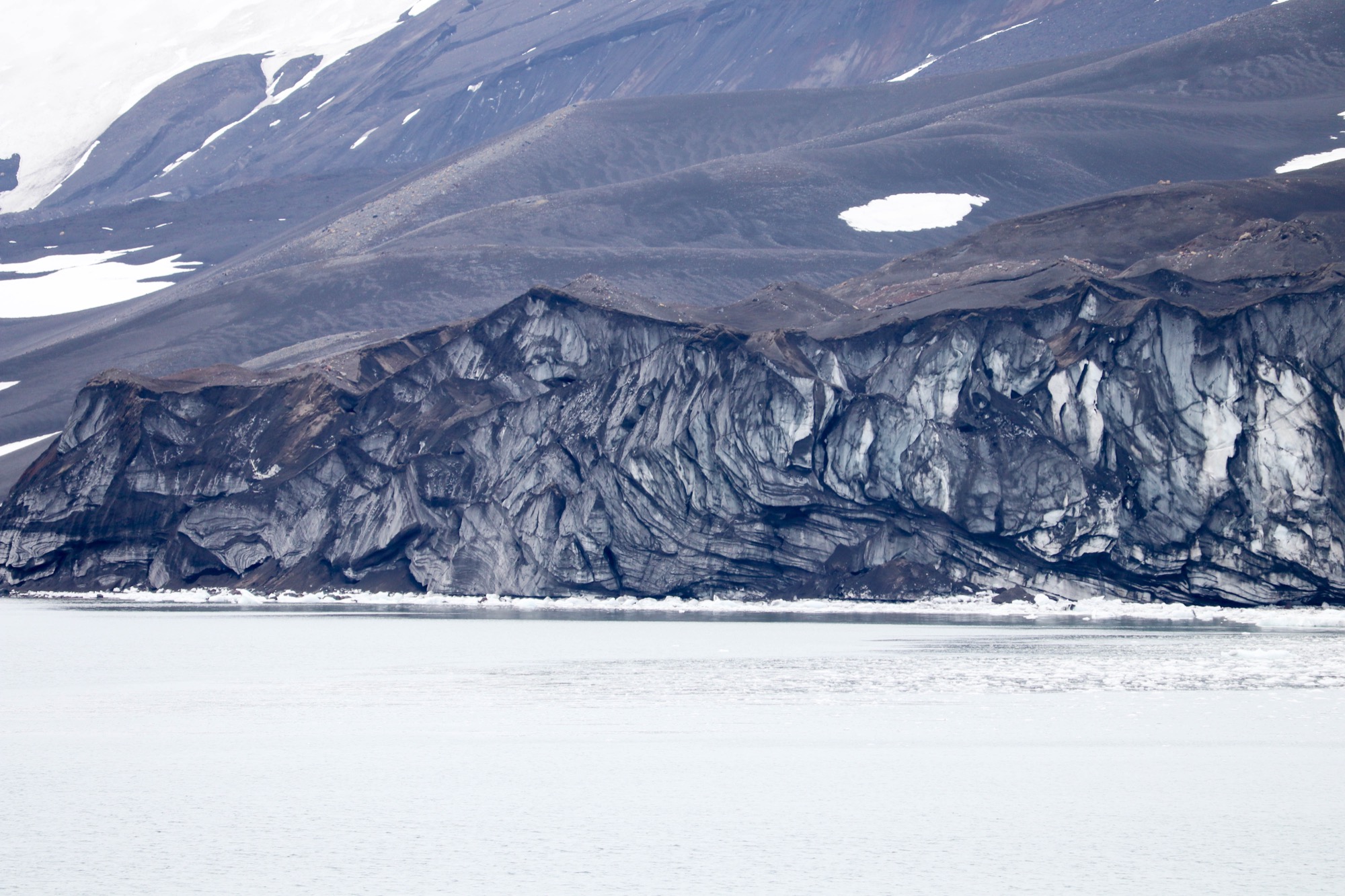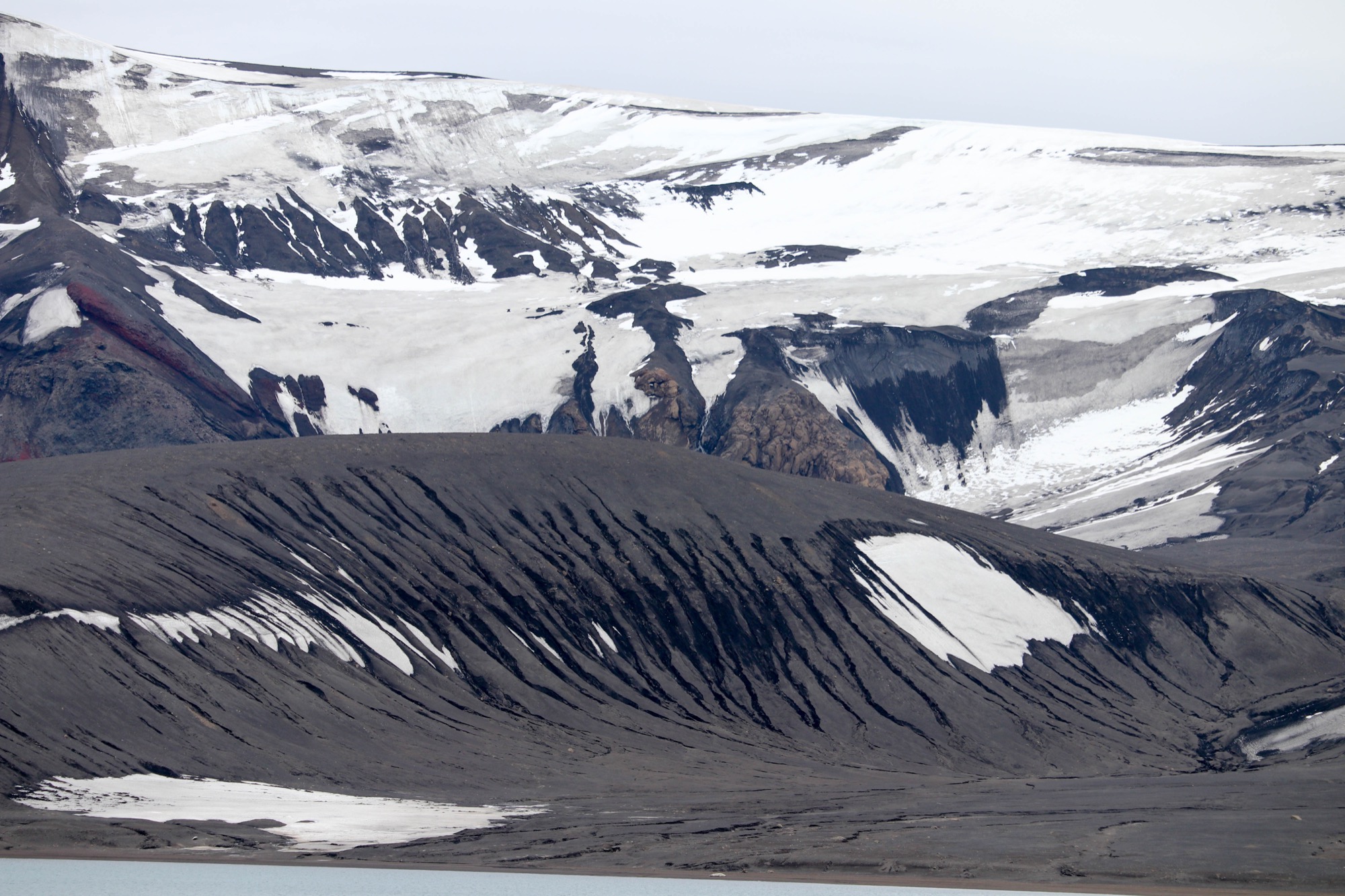Icebergs
Icebergs form on land from fresh water and then break off in various sized chunks that float away in the ocean. If they are at least 16 feet above the surface of the ocean, they are classified as an iceberg. Smaller chunks, between 3 and 15 feet are called bergy bits and chunks less than 3 feet are called growlers. Brash ice is made up of large clusters of ice fragments that float on the surface of the sea.
Bergy bits and growlers are considered to be the most dangerous for ships because they are too small to be detected by radar and they are difficult to see.






